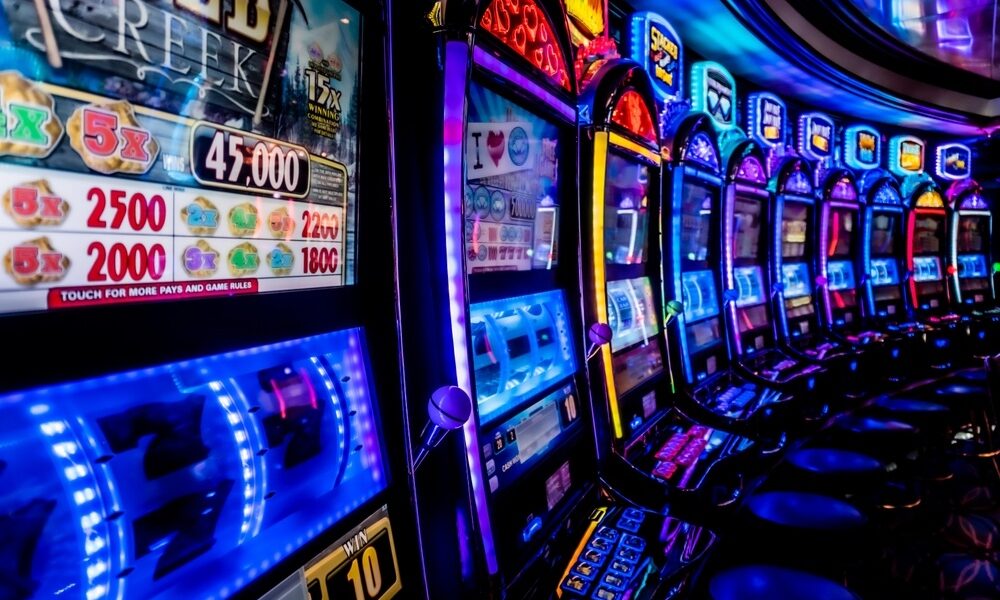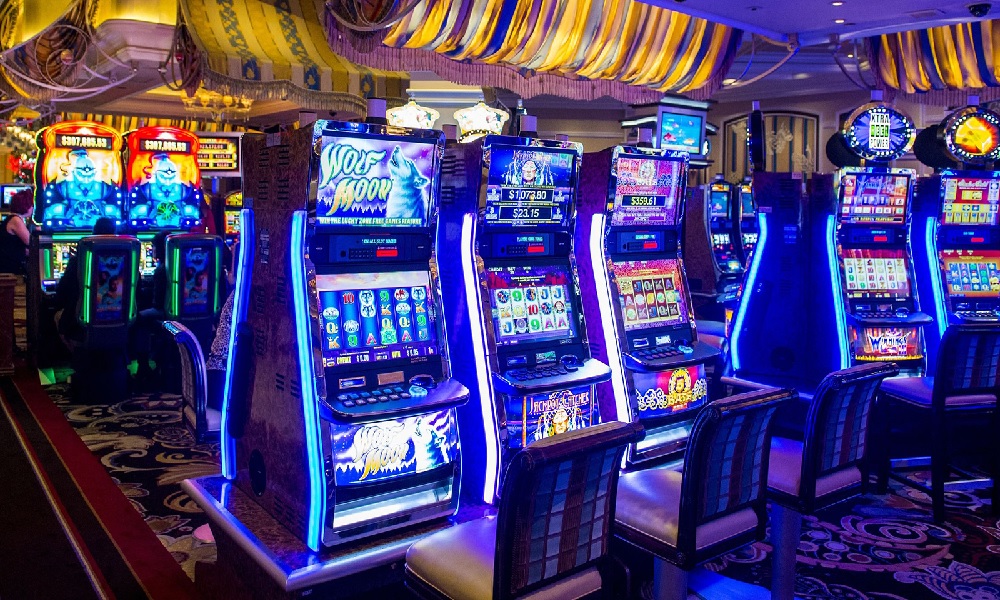Card games have seen remarkable growth in recent years as digital platforms bring traditional casino experiences directly to players. Live streaming technology has transformed how people enjoy these games, creating an immersive atmosphere that closely mirrors physical casinos.
Elements of high-quality streams
When players sit down to enjoy a game, the clarity of what they see on screen matters tremendously. High-definition video allows players to witness every card dealt and every move made by the dealer with perfect clarity. This transparency builds trust and enhances enjoyment as players can follow along without straining their eyes or missing essential details. Frame rate plays an equally important role in creating a seamless experience. Smooth motion capture ensures quick movements like card shuffling and dealing appear natural rather than choppy or delayed.
The best platforms maintain consistent frame rates throughout gameplay sessions, preventing frustrating lags during crucial moments. Audio quality completes the sensory picture, with clear sound allowing players to hear the shuffle of cards, the dealer’s voice, and the ambient sounds that create the atmosphere. This multisensory approach helps create a more complete and engaging experience for those participating from home.
Behind the scenes technical requirements
The technical infrastructure supporting these streams requires significant investment and expertise. Professional studios utilize multiple camera angles to provide comprehensive views of the gaming table, giving players different perspectives similar to what they might experience in person. Reliable prn.fm networks ensure these data-heavy streams reach players without interruption. The best platforms employ redundant systems to prevent outages and maintain consistent quality regardless of player location or time of day.
This reliability forms the foundation of trustworthy gaming experiences that players can count on whenever they wish to play. Lighting systems in studios are carefully calibrated to eliminate glare and shadows while ensuring cards and chips are visible. This attention to visual detail helps prevent confusion for players and allows them to make informed choices based on what they see.
Real-time interaction connecting players and dealers
One of the most appreciated aspects of live streaming is the ability to interact with dealers in real-time. Text chats functions allow players to ask questions, comment, or engage in friendly conversation, creating a social dimension that purely digital games lack. The combination of high-quality streaming and real-time interaction creates an experience that many players find more engaging than fully automated online baccarat options. The human element brings unpredictability and personality that algorithms cannot replicate.
Comparative quality sets premium streams apart
Streaming services deliver the same level of quality. Premium platforms invest in broadcast-grade equipment that produces crystal-clear images even when viewed on large screens. The difference becomes immediately apparent when comparing standard and high-end streams.
Resolution capabilities vary widely across platforms, with top-tier services offering full HD or even 4K streaming for players with suitable internet connections. This level of detail allows players to see minute details that might be lost in lower-resolution broadcasts. Advanced platforms implement adaptive streaming technologies that adjust quality based on the player’s internet capabilities, ensuring continuous play even when connection speeds fluctuate.
Augmented reality features could overlay helpful information for players without disrupting the game’s natural flow. Statistics, odds calculations, and game histories might appear alongside the live stream, enhancing decision-making. As internet infrastructure improves globally, even higher-quality streaming will become accessible to more players. The distinction between physical and digital gaming experiences narrows with each technological advancement in the online baccarat industry.




